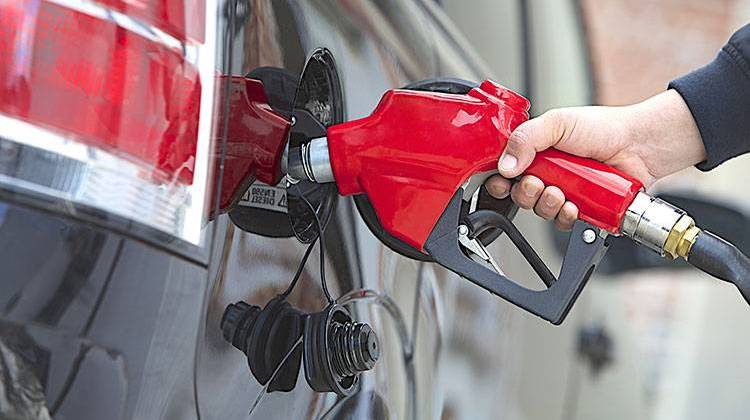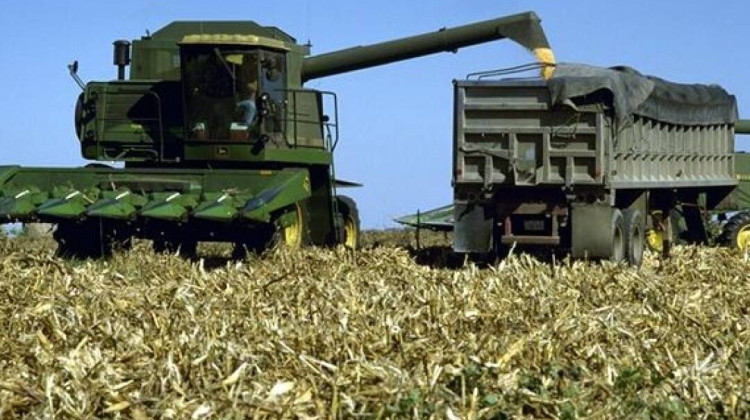Harsh temperatures and snowy conditions aren’t the only things that Hoosiers have to brace for this winter – they may be paying more to fill up their gas tanks this year.
Rose-Hulman Institute of Technology economics professor Dale Bremmer says several factors are in play.
“All the geo-political situations, all the stuff in the middle east, Nigeria, Libya, Venezuela and even a small, like the protest in Iran, can lead to lead to a change in gas prices,” Bremmer says.
While unexpected disruptions in oil supplies could push the national average close to $3 per gallon, Bremmer says there are also possibilities for advantages.
“If you see an increase in oil prices, you will also see an increase in American gas production and an increase in American employment," Bremmer says. "So while consumers may be paying more at the pump, they will also see the country’s production increasing.”
According to GasBuddy’s 2018 Fuel Price Outlook, the yearly national average price for a gallon of gas will rise 18 cents to $2.57 per gallon – the highest since 2014 when the average was $3.34.
 DONATE
DONATE







 View More Articles
View More Articles


 Support WFYI. We can't do it without you.
Support WFYI. We can't do it without you.